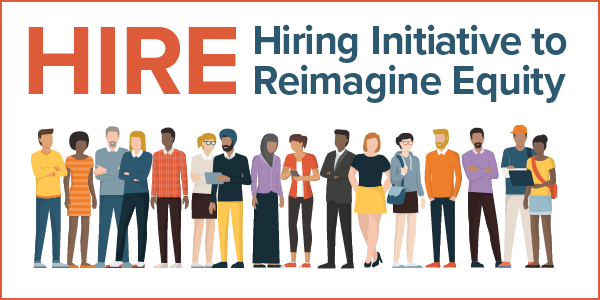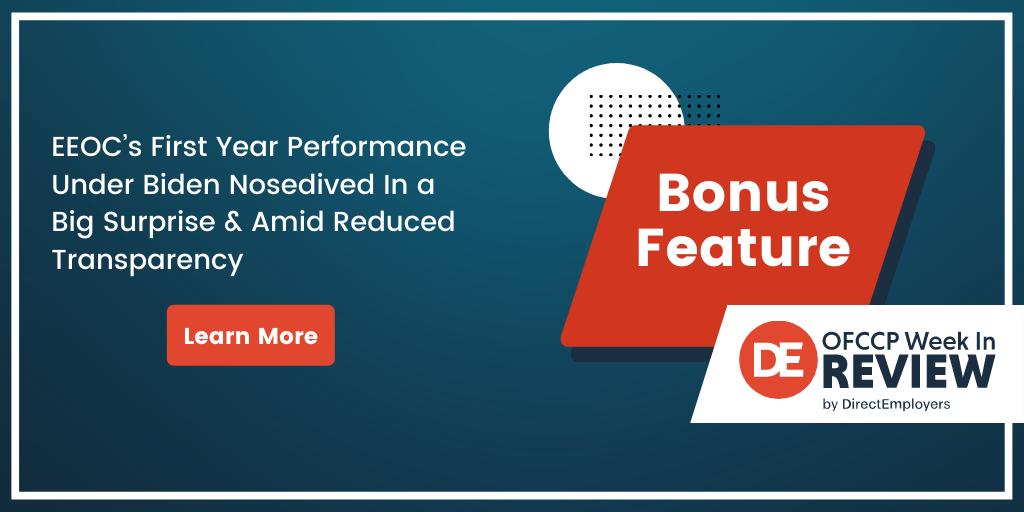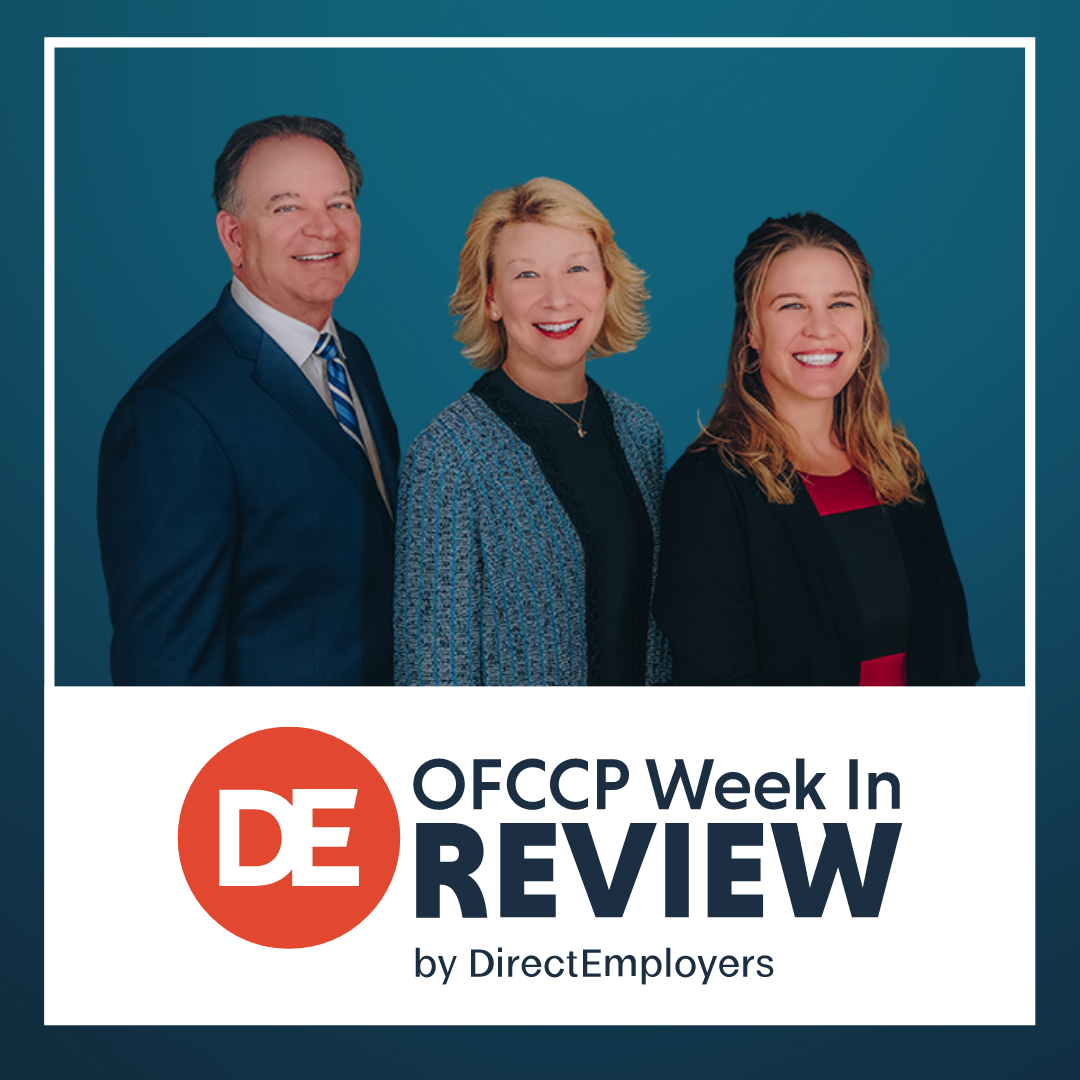
- This Week’s Vaccination Injunction Puzzle at a Glance
- California Pay Data Reporting Portal Opens February 1st
- Should NLRB Change Its Legal Standard on Mandatory Arbitration Clauses?
- HIRE Launched With Discussion Of “Reimagined” Recruitment Ideas
- E-Verify Updated Webpage to Close Company Accounts
- Union Membership Falls Back to 2019 Rate, 10.3% of Employed Workers: Only 6.1% in the Private Sector
- EEOC’s First Year Performance Under Biden Nosedived In a Big Surprise and Amid Reduced Transparency
- USDOL Released Training Video on the Federal Contractor Minimum Wage Increase
- USDOL Launched “Good Jobs” Initiative
- Biden Administration’s Vaccination Efforts Restricted to Just Mandate as to Healthcare Workers as Court Enjoins Executive Order Requiring Vaccination of Federal Employees
This Week’s Vaccination Injunction Puzzle at a Glance: Biden 1; Rest of the World: 4
OSHA Emergency Temporary Standard (“ETS”): Supreme Court Stays Implementation of OSHA ETS; Private Employers No Longer Required to Comply with It
- The Supreme Court’s ruling does not impact OSHA’s request to authorize for another three years the recordkeeping requirements in the Healthcare ETS it previously issued. Anyone wishing to comment has until January 31, 2022 to submit their comment and recommendation
Medicare/Medicaid Service Provider CMS Vaccine Mandate: Supreme Court Allows Continued Implementation of CMS Vaccine Mandate; Healthcare Facilities Receiving Medicare and/or Medicaid payments Now Must Comply in All 50 States
- On the same day the Supreme Court struck down the OSHA ETS, the Supreme Court lifted the injunctions previously issued allowing the CMS Interim Final Rule to go into effect. The Court held the Interim Final Rule falls within the authority Congress conferred upon the HHS Secretary
Federal Contractor/Subcontractor Vaccine Mandate Enjoined: 11th Circuit Decision Upheld a Lower Court Injunction; OMB Vaccination Mandate Shut Down Order Thus Remains in Place
- No new developments this week as to the federal contractor/subcontractor vaccine mandate; it remains enjoined and shut down pending the Biden Administration’s decision to either appeal the injunctions or publish a new Rule
Federal Employee Vaccine Mandate Case: Nationwide Injunction Issued Friday by U.S. District Court for the Southern District of Texas; Biden Executive Order Mandating Vaccination for Federal Employees Stayed
- In a ruling issued on Friday, the U.S. District Court for the Southern District of Texas deemed the federal government has less rights than a private employer in setting the terms and conditions of its employees by enjoining nationwide the Biden Administration’s Executive Order mandating vaccination of federal workers (see below)
Head Start Program Vaccination and Masking Rule: Two District Courts Grant Injunctions Preventing Implementation of Vaccine and Masking Rule for Head Start Staff and Students in 25 States
- No update from last week
Tuesday, January 18, 2022: California Pay Data Reporting Portal Opens February 1st
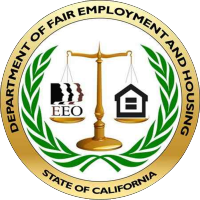
The Timeline
- Jan. 31, 2022: The portal will be down
- Feb. 1, 2022: New versions of the portal, user guide, template, and other resources will be available
- Apr. 1, 2022: The 2021 Pay Data Reports are due on or before (no joke that we are aware of)
The Law
Government Code section 12999 enacted in Senate Bill 973 in September of 2020 requires California employers of 100 or more employees (with at least one employee in California) to report annually, pay and hours-worked data by establishment, job category, sex, race, and ethnicity to the DFEH.
What You Need to Know
The reporting requirements from last year have not changed. However, the increase in remote/teleworking employees brought about by the COVID-19 pandemic during the past year may affect whether an employer is covered and what data are to be included in the report.
Employers should keep in mind that:
- All “employees” (not true independent contractors) count toward the 100-employee threshold, including Full-time, Part-time, Temporary, On Leave, and Remote Workers.
- Employees working outside of California count towards the 100-employee company threshold to determine whether the company must file a pay data report, even though the company only has to report the pay data of those employees working in California. But wait, “working in California” is a slippery definition.
- Employees in CA who report to an establishment outside of CA are still “California employees” who the covered employer must include in its pay data report.
Employers can visit the California Pay Data Reporting page for information on the user guide, reporting template, and FAQs.
How We Got Here
To get up to speed on all things California pay data reporting, check out our previous stories.
- Jan. 7, 2021: New FAQs on CA Pay Data Reporting Act
- Nov. 30, 2020: California Quietly Gives Guidance on Employees Outside of CA, and other Updates, as to its New Component 2 Pay Reporting Look-A-Like Tool
- Oct. 5, 2020: California Will Require Pay and Hours Worked Data Confidentially Reported By 10 “Wage Ranges” and 10 Job Categories by March 31, 2021, in a New Component 2 “Look-a-like” Reporting Law
Thank you to Tony Perkins, VP of AAP/EEO Compliance, for this update. Tony heads up Taapestry by DirectEmployers, Affirmative Action Planning and more, and hails from the Silicon Valley in northern California.
Tuesday, January 18, 2022: Should NLRB Change Its Legal Standard on Mandatory Arbitration Clauses?
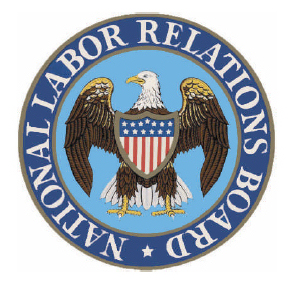
The Board is inviting advocacy argument as to whether it should adopt a new legal standard to determine whether confidentiality requirements in a mandatory arbitration agreement violate Section 8(a)(1) of the National Labor Relations Act and other legal issues related to mandatory arbitration agreements.
This action is part of a broader attack on the arbitration tool the Biden Administration is pressing to either end or reduce the circumstances in which employers may force applicants and employees to air their Complaint in arbitration instead of in other judicial or quasi-judicial public fora. Use of arbitration to resolve business disputes goes back to the first decade (1786) after the founding of the United States.
It is particularly ironic that the NLRB would press the issue since arbitration has had its deepest roots in American society when unions and employers widely embraced its use in the 1930s to resolve labor disputes. However, in modern times, women’s groups, in particular, have brought controversy to the use of private non-public arbitrations to resolve sexual harassment disputes. Opponents of arbitration have claimed arbitration has allowed employers and managers to cover up and allow harassers to continue their bad and illegal habits in the workplace.
Section 201 of the National Labor Relations Act (“NLRA”), itself, which the NLRB enforces, makes specific provision for and promotes the use of arbitration: “…the settlement of issues between employers and employees through collective bargaining may be advanced by making available full and adequate governmental facilities for conciliation, mediation and voluntary arbitration to aid and encourage employers and the representatives of their employees to reach and maintain agreements” concerning all working conditions and terms and conditions of employment. Sec 201 (b) aka as Section 171 of the NLRA.
In The Know: The NLRA or the Act
- Section 7 (Rights of Employees) includes the right to form a union, bargain with their employer over terms and conditions of employment, and join together in other ways for their mutual aid and protection.
- Section 8 (Unfair Labor Practices) of the Act makes it an unfair labor practice for an employer “to interfere with, restrain, or coerce employees in the exercise of the rights guaranteed in Section 7 of the Act.”
The Questions At Hand
“1. Should the Board repeal the decision in Anderson Enterprises, where it overruled its earlier decision in the instant case [meaning this case: Ralph’s Grocery Company]? Does the arbitration policy at issue in the instant case [again, meaning this case: Ralph’s Grocery Company] interfere with employees’ right to file Board charges or otherwise access the Board’s processes?”
“2. Did the Board correctly hold in California Commerce Club that the Federal Arbitration Act (FAA) privileges employers’ maintenance of confidentiality requirements in arbitration agreements that would otherwise violate Section 8(a)(1) by interfering with employees’ exercise of their rights guaranteed by Section 7?”
“3. If contrary to California Commerce Club, the FAA does not prevent the Board from reviewing arbitration confidentiality requirements under the National Labor Relations Act, what standard should the Board apply to determine whether such requirements are lawful?”
|
Board Member Positions |
|||
| The Board | Party | Open To explore a change | Term Expires |
| John F. Ring | Republican | No | 12/16/2022 |
| Gwynne Wilcox | Democrat | Yes | 08/27/2023 |
| Lauren M. McFerran, Chairman | Democrat | Yes | 12/16/2024 |
| Marvin E. Kaplan | Republican | No | 08/27/2025 |
| David Prouty | Democrat | Yes | 07/28/2026 |
Filing Logistics
- Parties & amici may file briefs (20 pg max) on or before March 21, 2022.
- Parties (but not amici) may file responsive briefs (30 pg max) on or before April 4, 2022.
Wednesday, January 19, 2022: HIRE Launched With Discussion Of “Reimagined” Recruitment Ideas
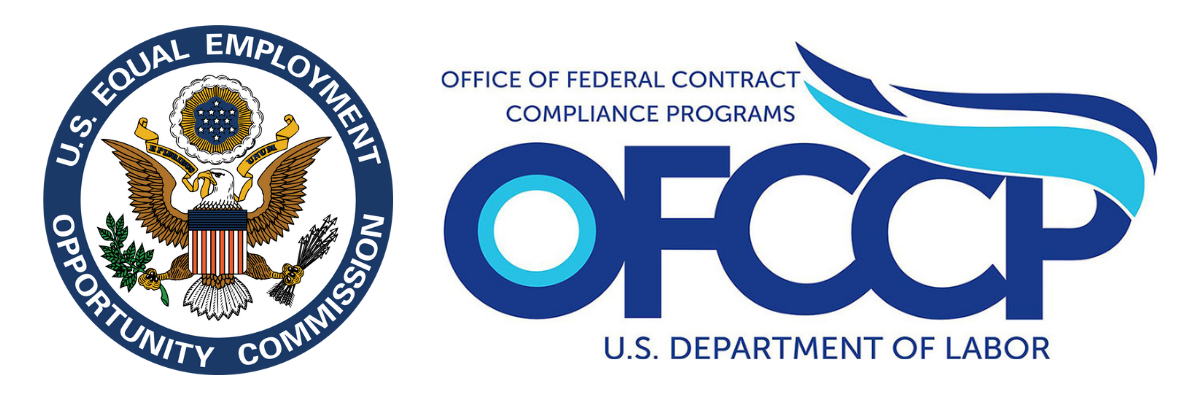
The roundtable, “Building on Dr. King’s Legacy: Launch of HIRE, a Hiring Initiative to Reimagine Equity,” brought together employer, worker, and civil rights organizations to explore how to promote recruitment and hiring practices that advance racial equity for underserved communities. A reported 3000 attendees tuned in for the virtual event.
The HIRE Initiative
HIRE is a multi-year collaborative effort chaired by OFCCP Director Jenny R. Yang and EEOC Chair Charlotte A. Burrows that will engage a broad array of stakeholders in expanding access to good jobs for workers from underrepresented communities and help address key hiring and recruitment challenges. HIRE will identify strategies to remove hiring barriers that limit opportunity along the lines of race, color, ethnicity, gender, LGBTQ+ status, religion, disability, age, and veteran status.
“The nation’s economy continues to add jobs, but we know that many people are still struggling to find quality employment while many employers are reassessing their recruitment and hiring practices to find the talent they need. Together with the Equal Employment Opportunity Commission, we will engage with innovative employer and worker efforts to identify actionable strategies to remove barriers to hiring to unlock our nation’s full talent,” said Office of Federal Contract Compliance Programs Director Jenny R. Yang.
Roundtable Take-Aways
The conversation, guided by OFCCP Director Yang, focused on various ideas to “reimagine” equity within the hiring process. Some of the ideas presented include:
- Have the Chief Diversity Officer (CDO) report directly to the CEO.
- Empower the CDO with a team and a budget.
- Create proactive strategies with diverse groups to get engagement and set metrics to monitor progress.
- Utilize social media to get your organization’s information out to diverse groups.
- Don’t just send a check to diverse groups, send your best people to build relationships.
- Train managers on the interview process, and get them engaged to understand the significance of the process.
- Leverage technology in the interview process, i.e., a behavior-based video game demonstrating real-life work scenarios may show that a degree or specific experience may not be necessary to do the job.
See the USDOL press release for additional quotes from the roundtable participants.
Wednesday, January 19, 2022: E-Verify Updated Webpage to Close Company Accounts

Program and corporate administrators may select a termination request reason from a drop-down list instead of typing the reason in a text box. Administrators may also cancel termination requests made within 30 calendar days before the account is to be terminated.
Thursday, January 20, 2022: Union Membership Falls Back to 2019 Rate, 10.3% of Employed Workers: Only 6.1% in the Private Sector

- The report also noted the increasing disparate attachment of private sector employees to unions: “The union membership rate of public-sector workers (33.9%) continued to be more than five times higher than that of private-sector workers (6.1%). (See table 3)”
The Numbers
In 1983, the first year for which comparable union data are available, significant numbers include:
- the union membership rate was 20.1%, and there were 17.7 million union workers
- the union membership rate for men was 24.7%, and for women was 14.6%
|
Workers – Members of Unions (Table 1) |
|||
| Totals: 16 years and older | 2021 | 2020 | |
|
Union Members (% of employed) |
14,012,000 (10.3%) |
14,253,000 (10.8%) |
|
| White |
10,774,000 (10.3%) |
10,944,000 (10.7%) |
|
| Black |
1,993,000 (11.5%) |
2,055,000 (12.3%) |
|
| Asian |
706,000 (7.7%) |
766,000 (8.9%) |
|
| Hispanic |
2,221,000 (9.0%) |
2,315,000 (9.8%) |
|
| Men |
7,523,000 (10.6%) |
8,432,000 (12.3%) |
|
| Women |
6,490,000 (9.9%) |
6,672,000 (10.5%) |
|
|
Workers – Represented by Unions* (Table 1) |
|||
| Totals: 16 years and older | 2021 | 2020 | |
|
Represented by Unions (% of employed) |
15,802,000 (11.6%) |
15,939,000 (12.1%) |
|
| White |
12,142,000 (11.6%) |
12,221,000 (12.0%) |
|
| Black |
2,232,000 (12.9%) |
2,321,000 (13.9%) |
|
| Asian |
818,000 (9.0%) |
855,000 (10%) |
|
| Hispanic |
2,551,000 (10.3%) |
2,586,000 (11.0%) |
|
| Men |
8,416,000 (11.9%) |
8,432,000 (12.3%) |
|
| Women |
7,386,000 (11.3%) |
7,507,000 (11.8%) |
|
*Represented by unions includes both members and those who report no union affiliation but whose jobs are covered by a union contract.
Data Highlights
- The highest unionization rates were among workers in education, training, and library occupations (34.6%) and protective service occupations (33.3%). (See table 3)
- Among states, Hawaii (22.4%) and New York (22.2%) continued to have the highest union membership rates, while South Carolina (1.7%) and North Carolina (2.6%) continued to have the lowest. (See table 5)
Union Membership Rates by State: 2021 Annual Averages (Page 12)
Data Details
BLS obtained the estimates for this information from the Current Population Survey (CPS), which provides basic information on the labor force, employment, and unemployment. The survey is conducted monthly for the Bureau of Labor Statistics by the U.S. Census Bureau from a scientifically selected national sample of about 60,000 eligible households. The union membership and earnings data are tabulated from one-quarter of the CPS monthly sample and are limited to wage and salary workers. All self-employed workers are excluded.
Thursday January 20, 2022: EEOC’s First Year Performance Under Biden Nosedived In a Big Surprise and Amid Reduced Transparency

Defying all expectations, the EEOC came off previous back-to-back record-setting years, many carrying back to the Obama years and through the Trump years, and suddenly and unexpectedly decreased performance across all of the significant performance metrics the agency annually tracks. The stats do not show an occasional or aberrational decline of performance measures but rather a general decline across-the-board, as though a malaise had beset the EEOC. Obama EEOC Chairs Stuart J. Ishimaru, Jacquelin A. Berrien and Jenny R. Yang and Trump Acting Chair Victoria Lipnic and Chair Janet Dhillon all successively and successfully drove the Commission to new heights of performance before the Commission’s last year’s sudden fall to earth. Indeed, the Commission dedicated itself to self-improvement in all major metrics beginning in significant measure during the five-year term of EEOC Chair Cari Dominguez (R-George W. Bush Administration) and term of Chair Jacquelin Berrien (D-Obama Administration). Both of these Chairs inaugurated numerous and significant internal reforms which “set the table” for their successors to streamline and improve agency performance. Chair Jenny Yang (D-Obama) then took the handoff from Chair Berrien and moved the Commission forcefully forward and with vigor. Janet Dhillon (R-Trump) then drove the Commission’s annual performance measures off the charts as we show below.
Explore more on this topic in this week’s bonus blog feature by clicking the image below.
Friday, January 21, 2022: USDOL Released Training Video on the Federal Contractor Minimum Wage Increase
The U.S. Department of Labor (USDOL) released a pre-recorded training video on Executive Order 14026 (Increasing the Minimum Wage for Federal Contractors). The Agency released the video in advance of its question and answer seminar on Wednesday, January 26, 2022, at 1:30 EST. Participants may register via Eventbrite.
Friday, January 21, 2022: USDOL Launched “Good Jobs” Initiative
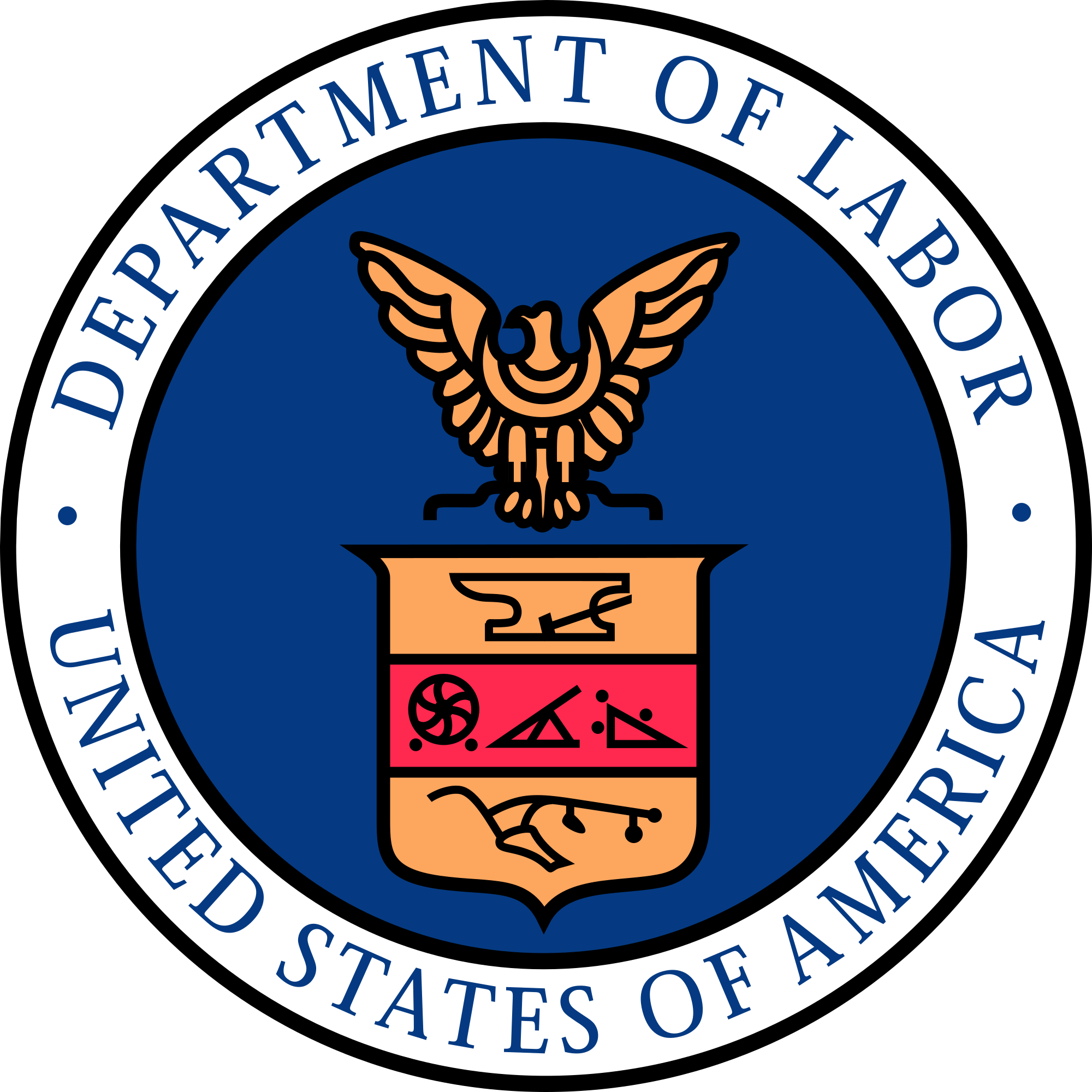
It is somewhat remarkable that USDOL has become an advocate for union jobs (as opposed to an advocate for fair treatment of employees by their employers) when almost 90% of all employees in the country and almost 95% of employees in the private sector have for the last 50 years consistently and increasingly demonstrated their distaste for union jobs. See related WIR Thursday story above reporting the USDOL’s latest data on unionization in America: “Union Membership Falls Back to 2019 Rate, 10.3% of Employed Workers: Only 6.1% in the Private Sector.” Not great timing for the launch of the “Good Jobs Initiative.” And what did Secretary Walsh do to merit such a Sisyphean punishment, especially while union membership falls on his watch?
U.S. Secretary of Labor Marty Walsh unveiled the Initiative in a keynote address to the U.S. Conference of Mayors today.
The Initiative is vague at this point. However, the announcement indicates that it will “focus on empowering working people by:
- Providing workers with easily accessible information about their rights, including the right to bargain collectively and form a union. [The NLRB owns that turf]
- Engaging employer stakeholders as partners to improve job quality and workforce pathways to good jobs. [No sub-agency within USDOL has such a mission]
- Supporting partnerships across federal agencies, and providing technical assistance on grants, contracts and other investments intended to improve job quality.” [No federal agency has defined “job quality,” let alone been charged to “improve” it]
It seems like a noble effort, but what do any of these platitudes mean? Unlike most government agency initiatives we’ve seen, this one has yet to host a landing page with additional information. For now, employers, employees, and federal agencies interested in learning more about this effort may email GoodJobsInitiative@dol.gov.
Friday, January 21, 2022: Biden Administration’s Vaccination Efforts Restricted to Just Mandate as to Healthcare Workers as Court Enjoins Executive Order Requiring Vaccination of Federal Employees
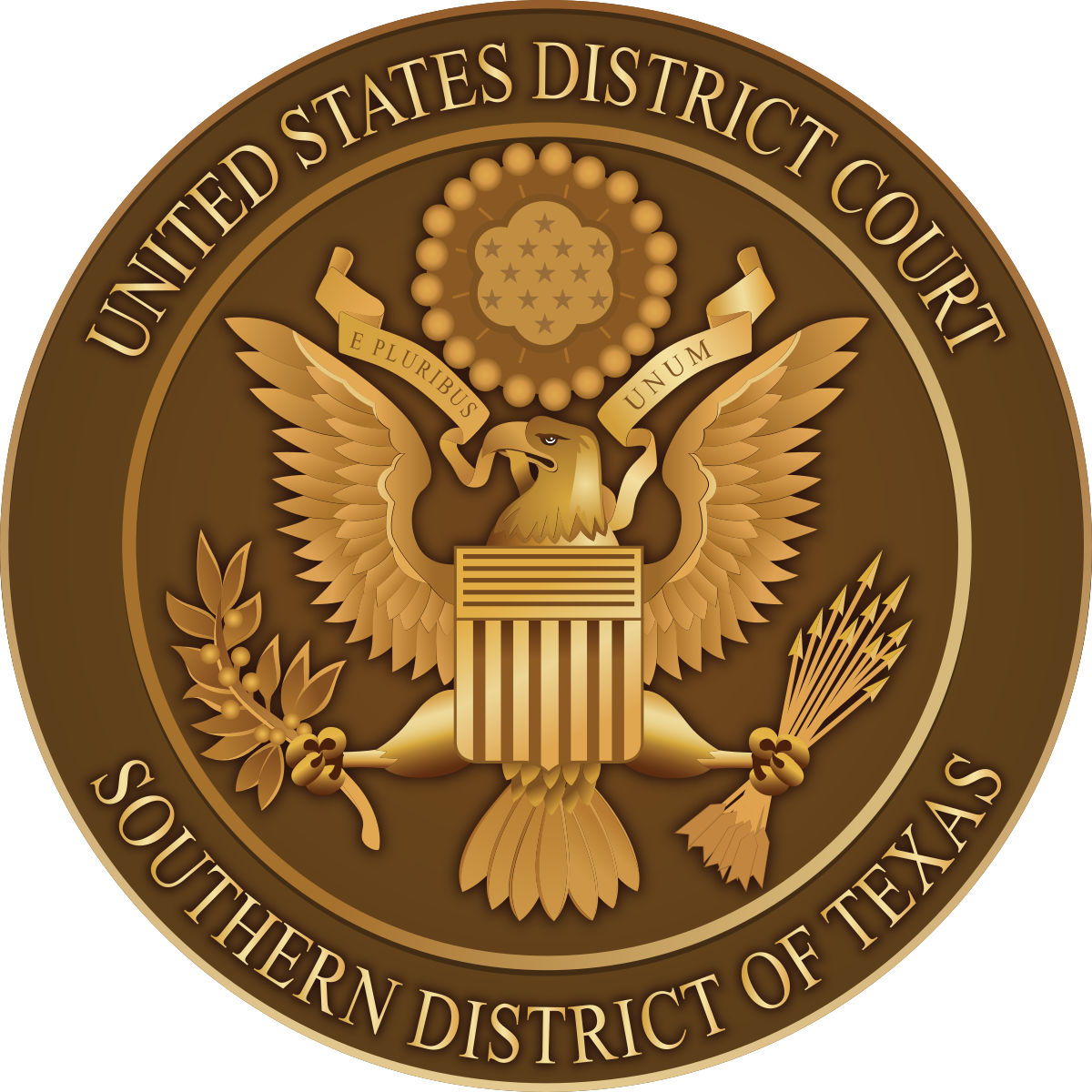
The Backdrop: President Biden issued Executive Order 14043 (the “Executive Order”) requiring civilian employees of the federal government to become vaccinated against COVID-19 or lose their employment, with exceptions only as required by law. While noting that individuals should get vaccinated against COVID-19, Judge Brown determined that EO 14043, without the input of Congress, was “a bridge too far.”
Judge Brown began by rejecting the Biden Administration’s procedural defenses alleging the court lacked jurisdiction to hear the claims. First, the Biden Administration argued that the Civil Service Reform Act of 1978 (the “Act”) precluded plaintiffs’ claims in the case did not have merit. Specifically, the government argued plaintiffs could not bring their action before the Court because the Act provided the exclusive means of relief for employees objecting to any significant change in duties, responsibilities, or working conditions of their employment. However, Judge Brown determined “working conditions” generally related to only the daily, concrete parameters of a job, such as hours of work, discrete assignments, and provision of necessary equipment and resources. As such, mandatory vaccination did not constitute the “working conditions” of plaintiffs’ employment. [Well, that is a bit of a stretch for Judge Brown.] Furthermore, requiring plaintiffs to wait until they were terminated to challenge the mandate would create an irreparable injury to plaintiffs.
Secondly, the court also rejected the Biden Administration’s contention that the court lacked jurisdiction to hear the case because none of the plaintiffs’ claims were “ripe.” However, Judge Brown found that because many of the plaintiffs had already received letters suggesting that suspension or termination was imminent, received letters of reprimand, or have faced other negative consequences, the threat to plaintiffs was “actual and imminent, not conjectural or hypothetical.”
Determining the court had jurisdiction to hear the claims, Judge Brown then held that plaintiffs were entitled to injunctive relief staying the Executive Order. First, Judge Brown found that allowing implementation of the Executive Order would result in irreparable harm to plaintiffs by requiring them to face a decision between their jobs or vaccination. Furthermore, the court found the Executive Order’s effect of barring plaintiffs from significant employment opportunities in their chosen profession also constituted irreparable harm. The court did not provide any argument to the public policy concerning an employer’s ability to set the terms and conditions of employment. Nor did the court address how loss of employment could constitute irreparable harm given that nothing restricted plaintiffs from seeking other employment with any of the other thousands of employers that exist nationwide.
Second, once Judge Brown held that irreparable harm existed, he then determined that plaintiffs were likely to succeed on the merits of their claims. Judge Brown found that none of the statutory bases the Biden Administration relied upon to issue the vaccine mandate authorized the President’s action, holding that: (1) 5 U.S.C. § 3301 applied only to applicants for civil service; (2) 5 U.S.C. § 3302 was limited in scope and did not permit the President to prescribe a vaccine mandate; and (3) 5 U.S.C. § 7301 only permitted regulation of workplace conduct, whereas a person’s vaccination amounted to their “status” and constituted conduct that occurs outside the workplace. Additionally, Judge Brown found that Article II of the Constitution did not grant the President power to impose medical procedures on civilian federal employees.
Finally, Judge Brown determined that the plaintiffs’ interests outweighed the public interest in vaccinating the workforce given that over 88% of the federal workforce had received at least one vaccine dose. Thus, Judge Brown reasoned that imposing the injunction would not have a serious detrimental effect on the fight to stop COVID-19 since the federal workforce was already mostly vaccinated. Additionally, termination of unvaccinated employees would result in a loss of vital services necessary to serve the public, Judge Brown found.
This case is especially noteworthy since with this vaccination mandate, President Biden was operating at the zenith of his delegated powers to order a vaccination mandate. Article II, Section 1 of the United States Constitution grants the President, among other things, the ability to manage and operate the federal government: “The executive Power shall be vested in a President of the United States of America.” Boom. That is the way Section 1 starts. Once sworn in as President, federal employees are his employees. So, this ruling is a bit surprising, except that governmentally imposed vaccination mandates are so unpopular and this decision hails from the sovereign state of Texas (formerly the “Republic of Texas”).
This latest ruling follows a long line of defeats for the Biden Administration in its efforts to increase COVID-19 vaccination. However, this case is unique in ruling as to the substantive ability of the federal government to manage its own workforce. While this decision applies only to the federal workforce, private employers should be cognizant of the reasoning behind this ruling given that it provides a “roadmap” for those employees seeking to bring suit to stop private employer vaccine mandates. This case decision also alerts employers to arguments a prospective litigant could make and prepares them to carefully draft their vaccination mandates to possibly avoid the pitfalls of the Biden mandate.
THIS COLUMN IS MEANT TO ASSIST IN A GENERAL UNDERSTANDING OF THE CURRENT LAW AND PRACTICE RELATING TO OFCCP. IT IS NOT TO BE REGARDED AS LEGAL ADVICE. COMPANIES OR INDIVIDUALS WITH PARTICULAR QUESTIONS SHOULD SEEK ADVICE OF COUNSEL.
SUBSCRIBE.
Compliance Alerts
Compliance Tips
Week In Review (WIR)
Subscribe to receive alerts, news and updates on all things related to OFCCP compliance as it applies to federal contractors.
OFCCP Compliance Text Alerts
Get OFCCP compliance alerts on your cell phone. Text the word compliance to 55678 and confirm your subscription. Provider message and data rates may apply.

